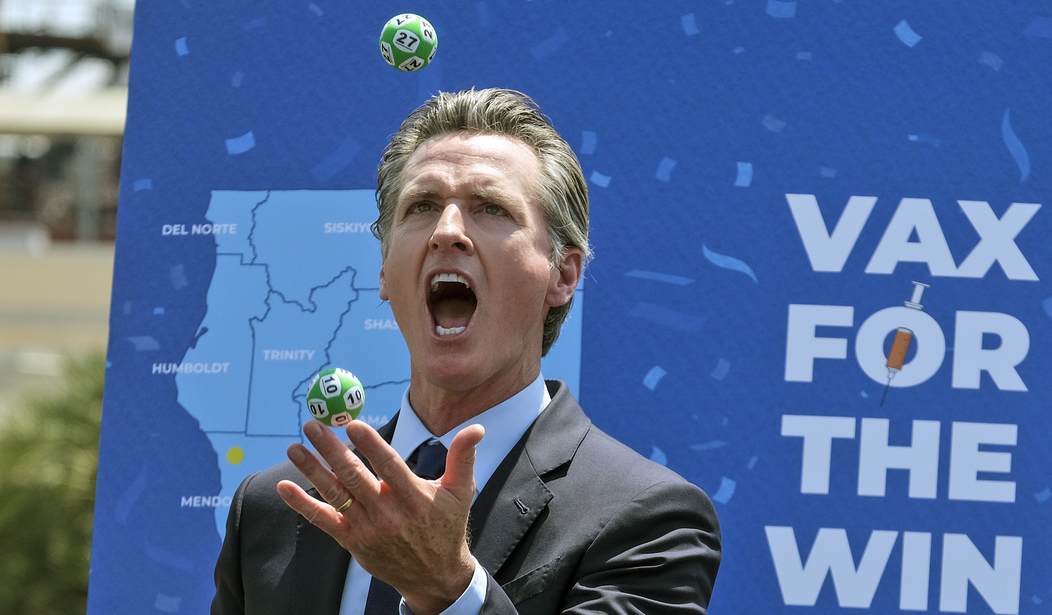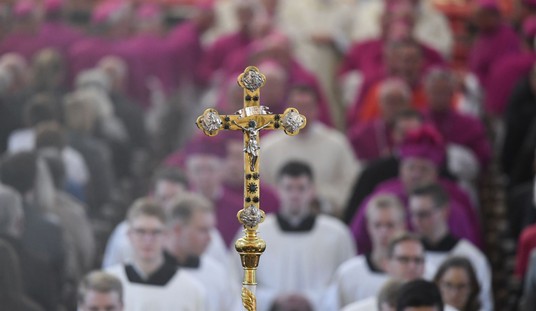Some two years since COVID-19's spread reached the United States and our nation's leaders began taking action in response, a new study compares the outcomes in all 50 states and the District of Columbia to see which leaders did the best, and which did the worst.
Unsurprising to conservatives but likely a shock to the mainstream media and liberals, the states with better outcomes were not the ones with draconian never-ending mandates and lockdowns, but the ones that allowed more freedom and encouraged people to make the best choices for themselves.
According to the Final Report Card on the States’ Response to COVID-19 compiled by Phil Kerpen, Stephen Moore and Casey Mulligan for the Committee to Unleash Prosperity (CUP), the five states with the best outcomes are Utah, Nebraska, Vermont, Montana, and Florida.
On the failing side, the five worst jurisdictions are New Jersey, Washington, D.C., New York, New Mexico, and California. Notably, those states' leaders used strong-arm tactics to enforce lockdowns, mandates, and other COVID-related protocols — with deadly results and worse outcomes for their citizens.
The report card measured three variables: health outcomes, economic performance throughout the pandemic, and impact on education (i.e., the number of days of schooling that children missed).
As CUP co-founder Stephen Moore pointed out of state responses to COVID, "shutting down their economies and schools was by far the biggest mistake governors and state officials made... particularly in blue states."
Recommended
Along with the other factors considered, the report card's authors zeroed in on states where governors shut down schools for months on end as what "may ultimately prove to be the largest policy error of the pandemic era in both economic and mortality terms."
One study found that school closures at the end of the previous 2019-2020 school year are associated with 13.8 million years of life lost. An NIH analysis found that life expectancy for high school graduates is 4 to 6 years longer than high school dropouts. The OECD estimates that learning losses from pandemic era school closures could cause a 3% decline in lifetime earnings, and that a loss of just one third of a year of learning has a long-term economic impact of $14 trillion.
As CUP's study also points out, "unlike mortality or economic outcomes, closing public schools was entirely under the control of policymakers. Almost all private schools were open."
In its conclusion, the Committee to Unleash Prosperity notes that "states which maximized the individual freedoms of business owners, consumers, workers and parents – and allowed their citizens to make their own risk assessments without government mandates – had the best performance." That's of little surprise to the now-vindicated conservatives who were much-maligned by Democrats and the media for demonstrating the positive results of limited government policies throughout the pandemic.
"It turns out that in most cases, citizens living in states with minimal government interventions – including Nebraska, Iowa, Florida, and others – were able to make wise health-conscious assessments without an abundance of government rules and mandates," CUP's conclusion continues.
"These states came through the pandemic with the least amount of collective damage to their economies, the education of their children, and with health outcomes that were in most cases no worse than states that used more heavy-handed tactics to slow the spread. From the start, there was an obvious and hard to determine balancing act between health risks and allowing Americans to go about their lives in a productive way."

























Join the conversation as a VIP Member